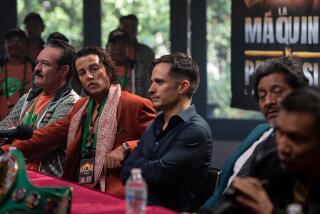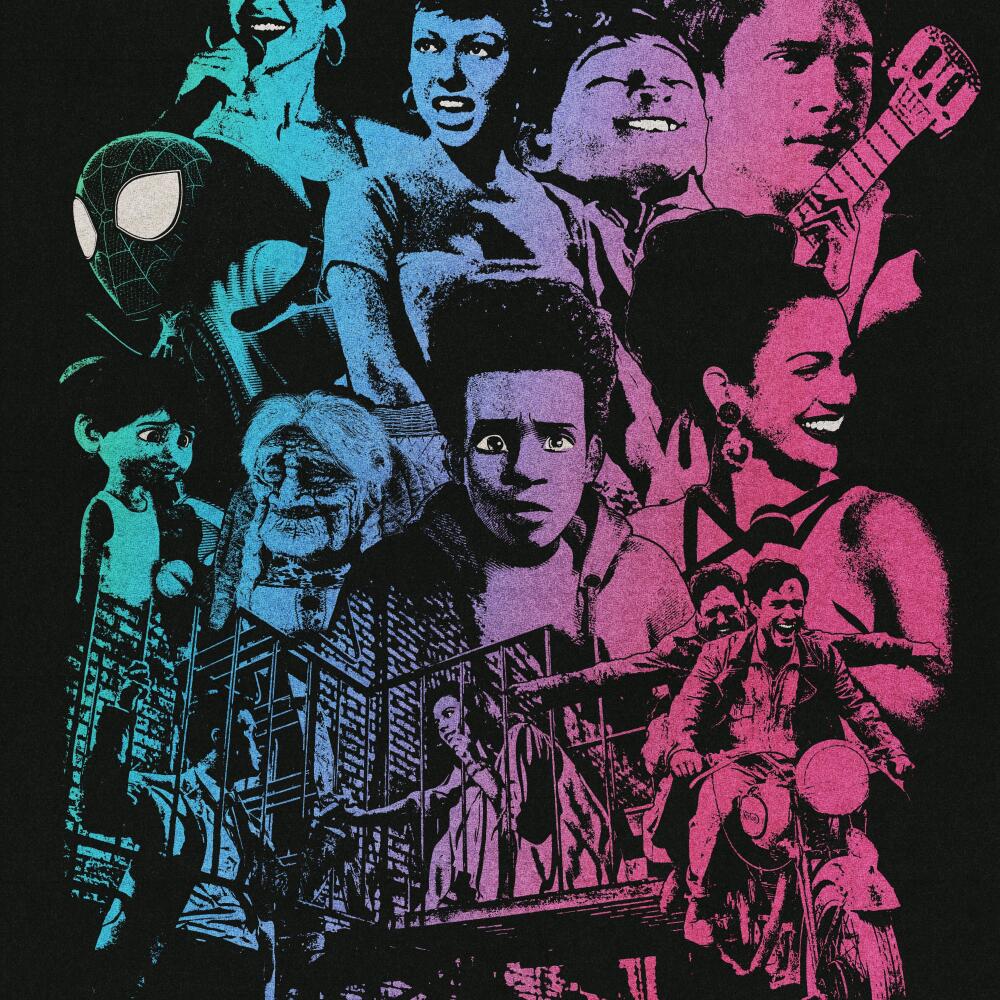
Latinos have been historically underrepresented on screen, and while the mission of getting more Latinos in movies continues, we wanted to highlight films we connect to. From Latino classics to “Latino-coded” to “I’m not a movie guy,” here are the staff picks.
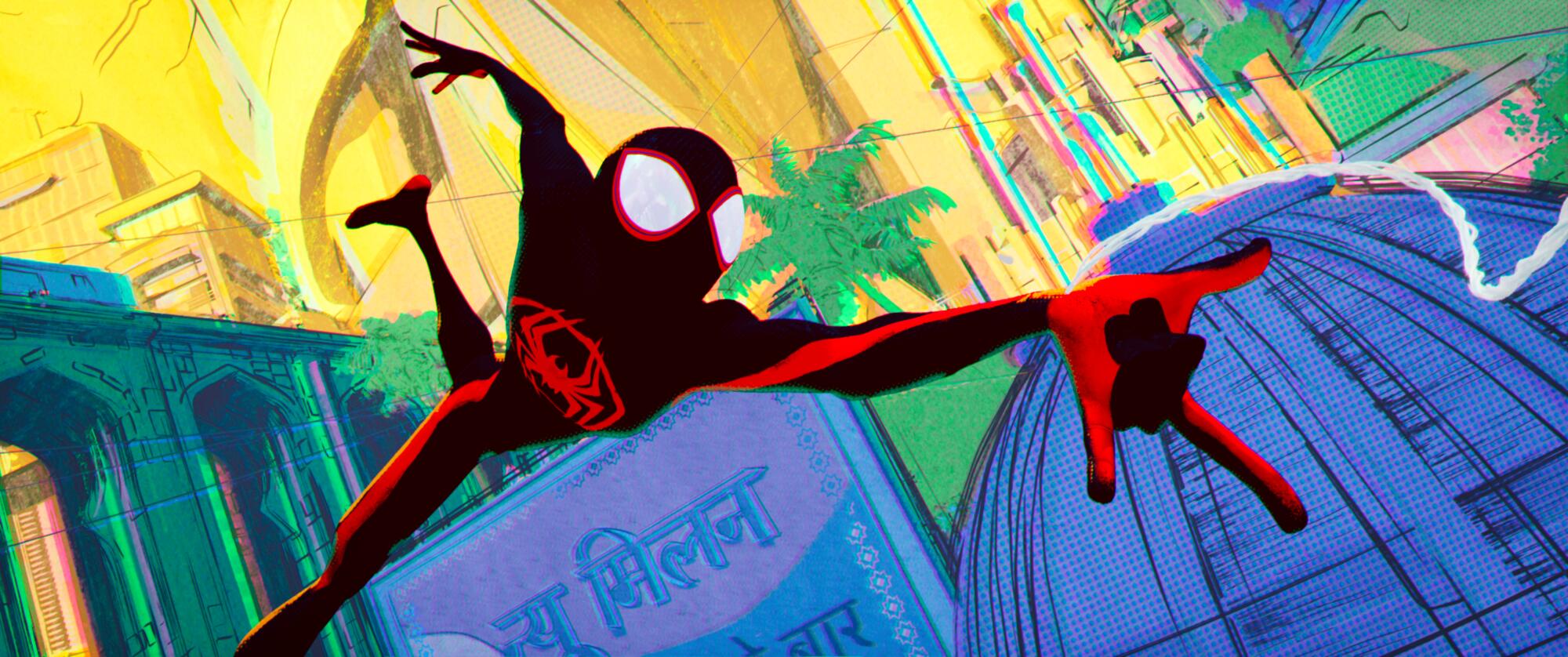
Andrea Flores, reporter
Spider-Man: Across the Spider-Verse (2023)
“Spider-Man: Across the Spider-Verse” captures elements of Latinidad in small moments, like when Miles’ mom asks why he’s getting a B in Spanish if he speaks Spanish, and then asks him if he’s taking a class in Spanglish.
La teta asustada (2009)
I think about this film way too often. It is one of the most beautiful and tragic films I have ever witnessed about generational trauma. The film is called “The Milk of Sorrow” in English and takes place in Peru after internal conflict with the Sendero Luminoso. The idea behind the title (and film) is that trauma can often pass from the mother through the breastmilk that feeds young babies, even if they did not experience it for themselves.
Blood in Blood Out (1993)
Absolutely riveting, possibly traumatic, to see this movie as a teenager, but it also opened my eyes to the butterfly effect. I never considered the chain reaction of events that one choice could cause. As a non-Californian, it was interesting to see L.A. Chicano culture on screen. Also Benjamin Bratt. Need I say more?
Spy Kids (2001)
I absolutely loved “Spy Kids” when I was a kid. It is such a Latino-coded film, even though they never really discuss culture. It’s also a film that doesn’t focus on trauma or sadness, but rather adventure and secret missions.

Crystal Villarreal, assistant editor
Pan’s Labyrinth (2006)
I love this film because of its magical realism and how visually stunning it is. It’s a sad movie, but the writing is beautiful and reminds me of the fairy tales I read growing up as a kid. This is the first film that I saw by Guillermo del Toro. When I heard about the Mexican director-writer, I just knew I had to watch this movie. The film follows a Spanish girl named Ofelia who just moved with her mother to be with her new stepfather. There’s a war going on, but Ofelia is lost in a magical world, testing her courage and learning about herself. The movie inspired me to write feature films.
Y tu mama tambien (2001)
This is probably one of my favorite movies. I saw it for the first time when I visited my brother who was living in Puerto Rico at the time. I had just finished high school and it was my first trip away from home. Before this movie, I don’t believe I’d seen a Mexican film before. At this age, I was fairly disconnected from my Mexican culture and this provided a window for me. It showed me how life in Mexico City was for the two characters who came from wealthy families. They venture across the country with a Spanish woman they’d just met after finishing high school. It’s a beautiful and poignant coming-of-age tale but can be a bit raunchy. I’ve seen it dozens of times since that summer in Puerto Rico.
Motorcycle Diaries (2004)
The film stars Gael García Bernal, who is one of my favorite actors. Bernal plays Ernesto Guevara, who later became Che Guevara, the Marxist guerrilla leader and revolutionary. The film begins with two friends wanting to travel across Latin America in search of adventure, but they see what poor Indigenous people are experiencing and this inspires Ernesto to become the revolutionary we all know. Don’t kill me, but I actually like this movie better than “Che.” There are some really funny and very impactful moments.
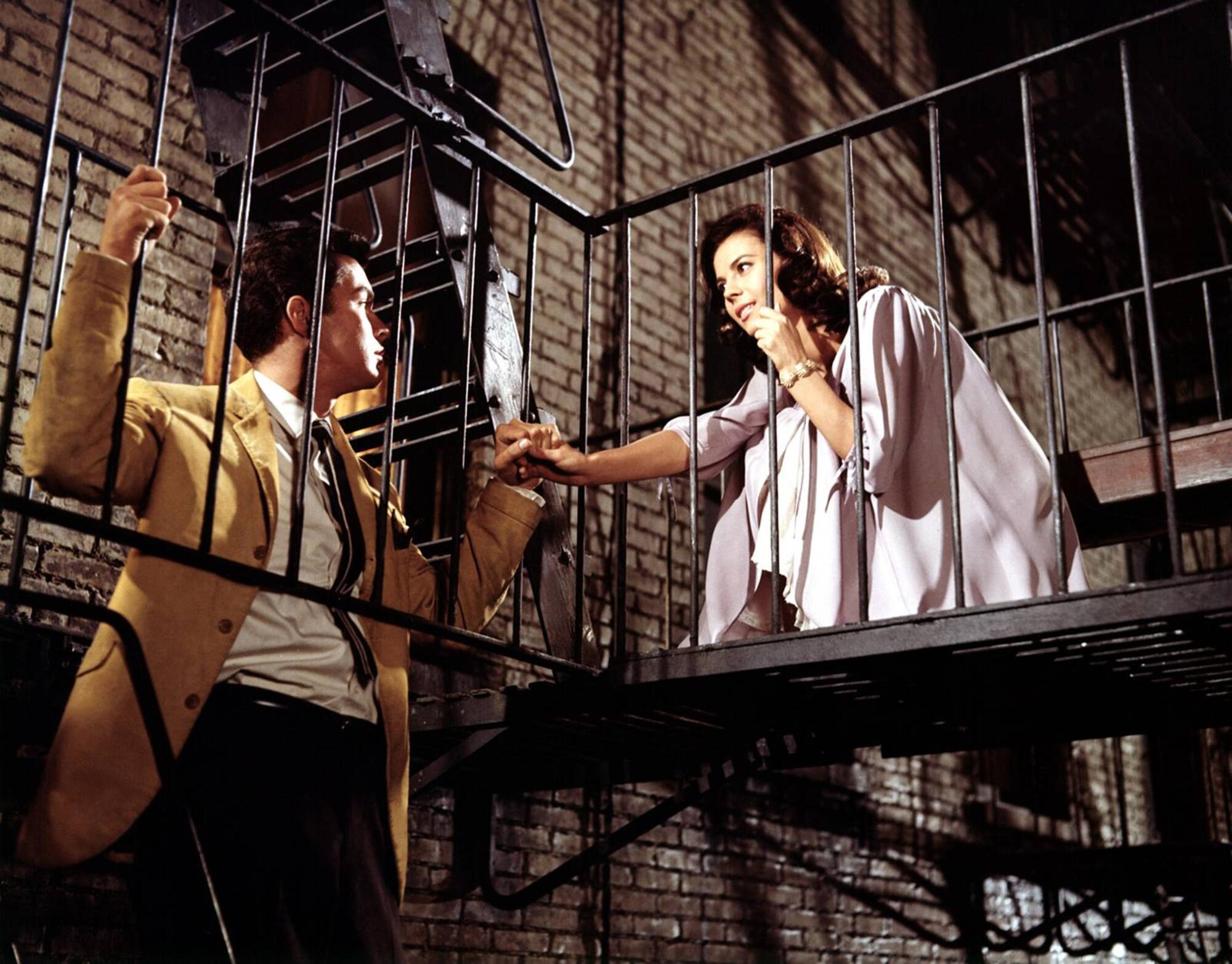
Martina Ibáñez-Baldor, design director
West Side Story (1961)
“West Side Story” was one of those movies I watched repeatedly as a kid. I was absolutely devastated to learn that Natalie Wood was not a Latina. World crushed! I know there are some controversies around the movie (Many actors, including Rita Moreno, wear brownface), but it was still one of the first times I ever saw myself and my family represented in such a big Hollywood blockbuster.
Mi familia / My Family (1995)
A beautiful story about a Mexican American family in East L.A. played out across three generations. It’s a riveting, action-packed story that might make you cry at least three times. It’s filled with recognizable corners of Boyle Heights. I fell in love with Jimmy Smits when I first saw the movie. His love storyline is such relationship goals (except for the part where she dies, sorry, spoiler).
Selena (1997)
And then there’s Selena. I mean, c’mon, iconic. “I love pizza,” “anything for Selenas,” “me siento muy excited.” The move is funny, endearing, entertaining and ultimately, devastating. QEPD Selena Quintanilla.
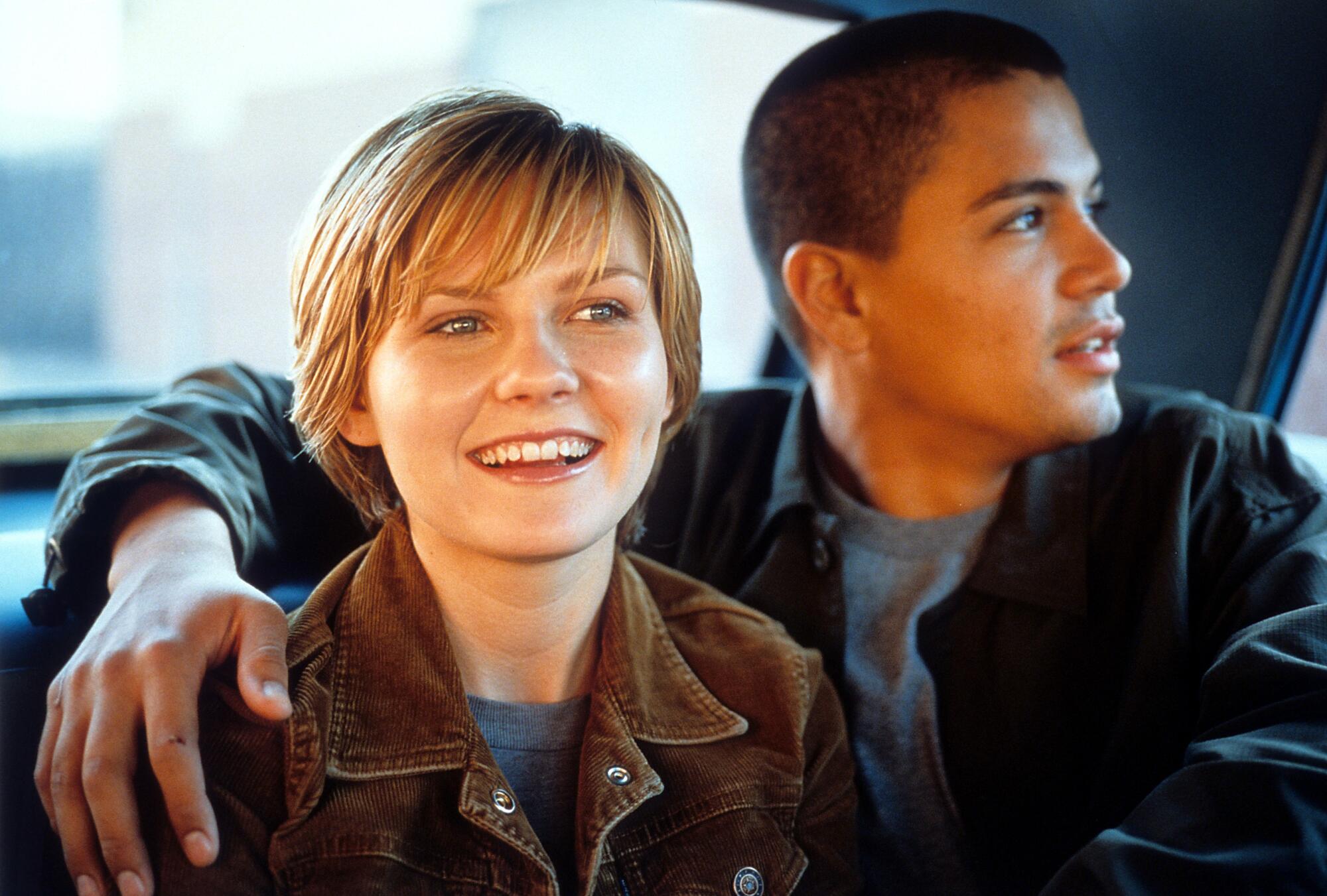
Alejandra Molina, reporter
Del otro lado del puente (1980)
“Del Otro Lado Del Puente” is a 1980 musical starring Juan Gabriel as a UCLA student grappling with embracing a Chicano identity. I would catch this movie while my mom watched it at home. The movie was badly acted and the camera would zoom in during random moments, but it felt special seeing the dynamics of Mexicans and Chicanos in L.A. during that time, even if as a child I didn’t fully comprehend these ideas.
Grease (1978)
“Grease” may not be thought of as a Latino movie, but that’s what it felt like to me. It was one of the movies we all agreed on — aside from “La Bamba” and “Selena” — to watch as a family. It was filmed in familiar places, like the L.A. River and Huntington Park High School. Most importantly, it had Cha Cha DiGregorio, “the best dancer at St. Bernadette’s.” Cha Cha always looked Latina to me. She was spunky, sultry and dark-haired. Although she didn’t come out much, she stole the show, and Danny Zuko, during the most important scene — the dancing competition at Rydell High.
Crazy/Beautiful (2001)
In “Crazy/Beautiful,” Jay Hernandez’s character felt like a guy I grew up with in El Monte. His mom speaks Spanish and their home feels familiar. There’s a scene where he and Kirsten Dunst, who plays his love interest, go to a quinceañera. She’s the only white girl there and stands out wearing torn shorts and a tee. The cold looks and stares she got from the tías and his mom felt so real.
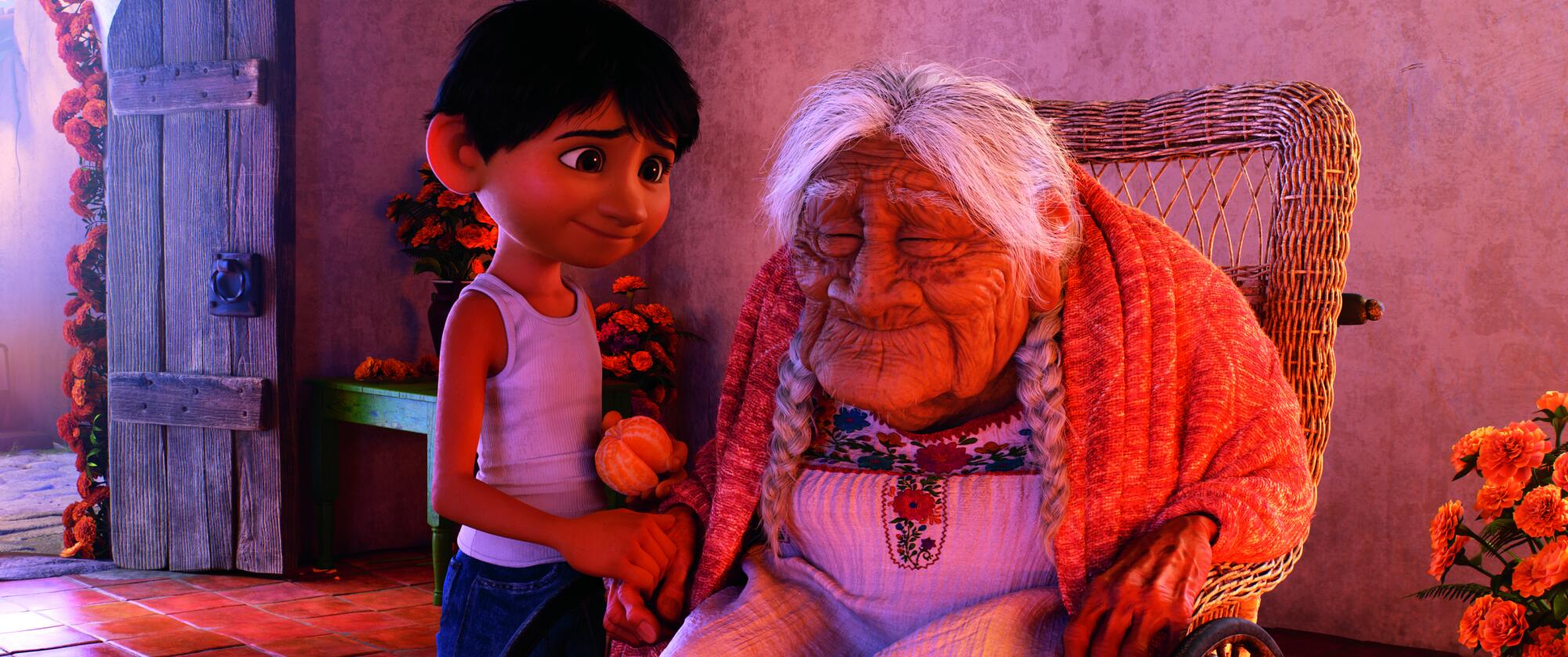
Chelsea Hylton, reporter
Coco (2017)
Besides my love of Disney, I think “Coco” does a good job at explaining the Día de Los Muertos holiday and why it is so important to many Latino cultures. It is more than just a day for face painting. The holiday deserves more appreciation and attention to all the items that get placed on an ofrenda; Coco does that. All of the animations, the colors and the vibrancy used in the film are amazing.
Encanto (2021)
The representation in “Encanto” surprised me. The fact that the story is based on a family that lives in Colombia was such a beautiful thing to see. As a woman with curly hair, “Encanto” is one of the first animated films where I’ve seen a character who genuinely looks like me. “Encanto” was a movie that opened some eyes on how not all the Disney characters have to look alike, and there are stories from around the world, even if they are fictional, that matter and are important to share.
Selena (1997)
Growing up I remember “Selena” always coming on TV, and I don’t think I learned the significance of the film until I got a little older. It teaches us the impact that she had. The costumes, the hair, the makeup are so true to Selena’s style. The movie shows us that her life wasn’t always perfect and she had her own battles with family and fame. Selena had such a big influence and still continues to have it to this day.
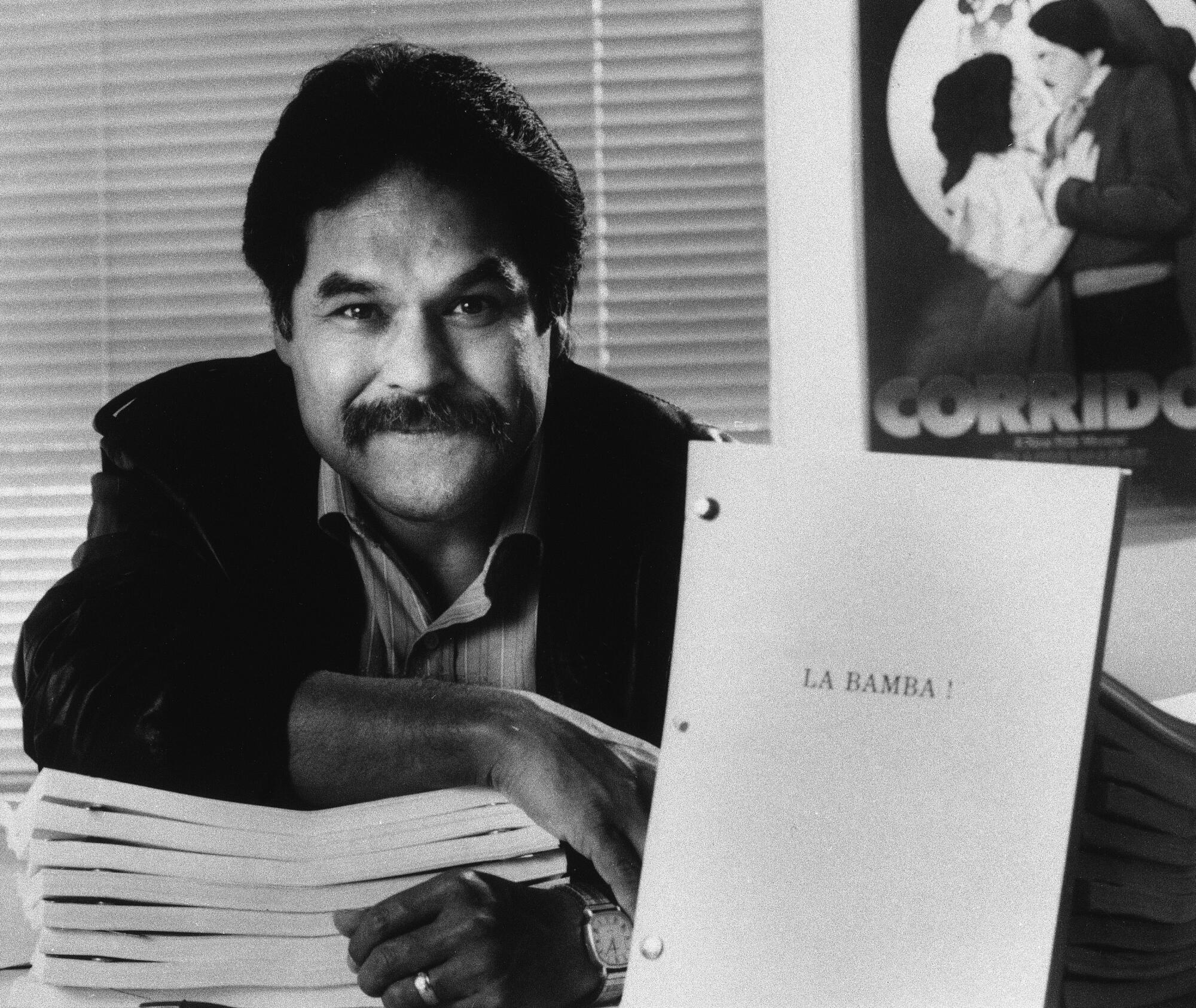
Jessica Perez, community editor
La Bamba (1987)
I was probably way too young to watch this when I did. Blame my parents. I remember being affected by its themes and topics: from racism and discrimination to death — and the music!
From the first moments on screen, when I saw Latinos speaking Spanglish (plus Lou Diamond Phillips, who I’m sure I believed was Latino), I was hooked. Spanish was my first language, so movies were one way I learned to speak English. But as a kid, seeing people who looked like me and my family was reserved for telenovelas.
Music was also a big part of my life. My father was a musician, so he introduced us to the arts at an early age. “La Bamba” helped him show us a bit of his passion for making music and his reasoning for why he brought us to the U.S. — why he believed in the American dream.
And lastly, I can say it’s my earliest recollection of crying in a film due to the concept of death. I had never met anyone in real life who had died. So it was the “realest” moment for me. I think the pain in Esai Morales’ wailing, “Ritchiiiiiiiiiieeee,” over Santo & Johnny’s “Sleep Walk” might be ingrained in me for life.
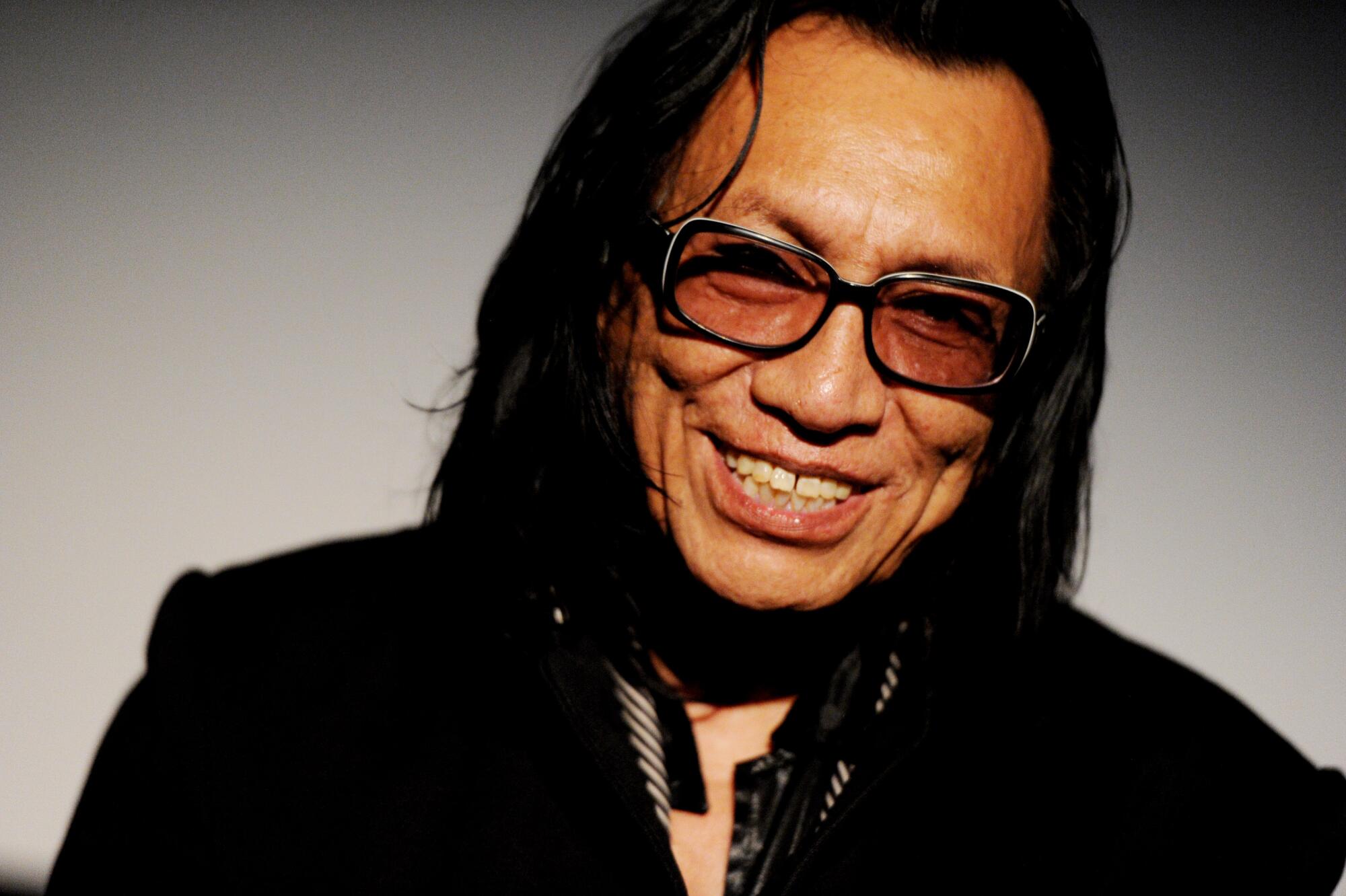
Christian Orozco, assistant editor
Black Orpheus (1959)
A modern retelling of the Greek legend “Orpheus and Eurydice” set in Rio de Janeiro during Carnaval? Sold. Soccer player Breno Mello took on the role of Orfeu after being discovered walking on the street by the film’s director. He starred alongside Marpessa Dawn, who played Eurydice. The acting and story are great, but what makes the movie special is the music. Orfeu, a talented musician (his singing voice was dubbed by Brazilian singer Agostinho dos Santos), is surrounded by the vibrant sounds of his favela and often breaks out into a bossa nova song and dance. The contrast of lively music and the film’s tragic themes is a fitting take for the tale of one of Apollo’s mortal sons.
Searching for Sugar Man (2012)
Jesus Sixto Diaz-Rodriguez was a man who got by paycheck to paycheck in Detroit before the filmmakers of “Searching for Sugar Man” tracked him down. The 2012 documentary laid the stage of an American singer-songwriter who made two albums with little success stateside. But it was a different story in South Africa. Little to Rodriguez’s knowledge, his music was the anthem for anti-apartheid sentiments and he was a major figure in the country’s music scene. Seen as a “What if?” artist by the American producers he worked with, the film gave Rodriguez the shine that many thought he deserved. Needless to say, the soundtrack is amazing.
Gotta Kick It Up! (2002)
Watching Disney Channel original movies with my sister on Friday nights was a big part of my childhood, and they are memories I cherish. I was torn between “Gotta Kick It Up!” and “Cheetah Girls 2.”
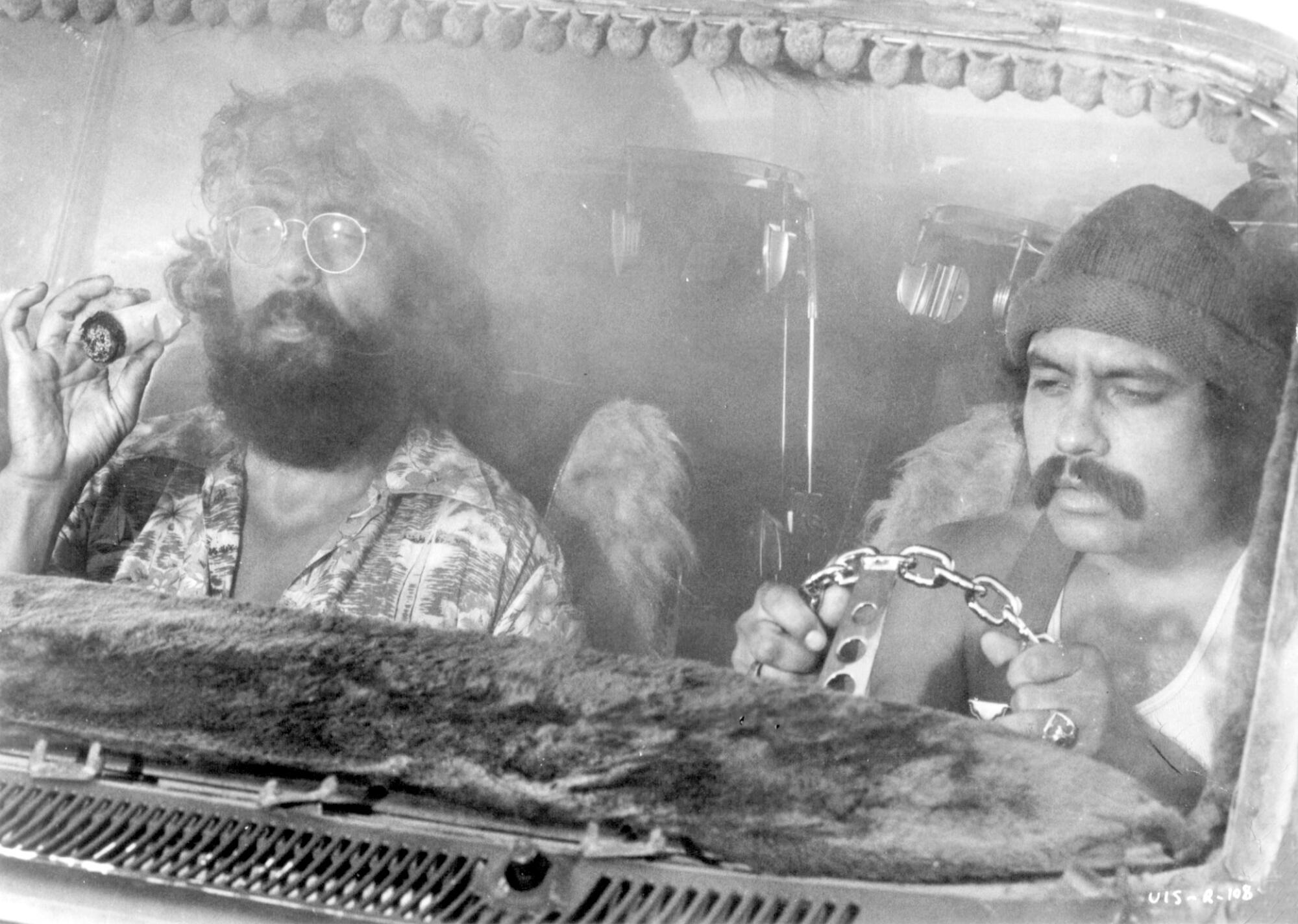
Fidel Martinez, editorial director
The Ballad of Gregorio Cortez (1982)
In 2022, “The Ballad of Gregorio Cortez” was added to the National Film Registry by the Library of Congress because it met its criteria of being “culturally, historically or aesthetically significant.” The 1982 movie is all three. It tells the true story of Gregorio Cortez, a Mexican American farmer (portrayed by a young Edward James Olmos) who went on the run after killing a sheriff in self-defense because of a misunderstanding caused by the language barrier. More than 500 Texas Rangers pursued Cortez for 11 days before he was eventually captured. The renegade became a folk hero to the borderlands, inspiring several corridos.
For my money, it’s one of the best westerns ever made. It also doesn’t hurt that it has an awesome, 1980s synthy score.
El Norte (1983)
I make it a point to rewatch Gregory Nava’s “El Norte” every year because even though it was made in 1983, it feels like it could have been made today. The 1983 movie centers on Enrique and Rosa, two Indigenous Maya siblings who are forced to flee their village because of ethnic cleansing occurring during Guatemala’s civil war. The film follows their arduous journey through Mexico to Los Angeles.
Given the subject matter, “El Norte” is a heavy film, but it’s also full of moments of tenderness, humor and heart — the scene in which Enrique pretends to be Mexican after being detained by Border Patrol by swearing like your drunk tío is comedic gold. And like “The Ballad of Gregorio Cortez,” “El Norte” is also in the National Film Registry — it was added in 1995.
Up in Smoke (1978)
It’s Cheech and Chong, man. What else do you need to know?
More to Read
The Latinx experience chronicled
Get the Latinx Files newsletter for stories that capture the multitudes within our communities.
You may occasionally receive promotional content from the Los Angeles Times.


